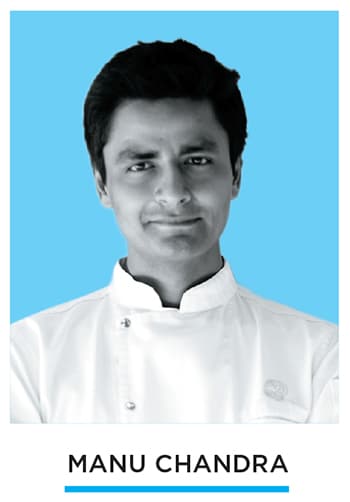
2020: When we played fast and loose with our relationship with food
The value of good food is embedded in our DNA, and even the Covid-19 outbreak can barely mess with it

The New York Times recently quoted a study published in the Journal of Obesity that revealed the pandemic has sparked a wave of stress-eating and binging. Even virtuous health nuts have abandoned their pre-pandemic calorie- fat- and sugar-free bell pepper and hummus and embraced party-sized packs of potato chips.
Early in the pandemic, the very same publication reported at length on how the virus had made us newly virtuous. In the survey quoted in the piece, 54 percent of the respondents said that they were cooking more often at home (like they had a choice), 75 percent claimed that they were now more confident in the kitchen (practice makes perfect) and just over a majority vowed to stick to their new regimen, albeit with the help of handy kits from desperate local food businesses looking for a lifeline. This was in April. And here we are in December.
But this was in the United States, where the elections may have forgivably proved detrimental to mental health and therefore nutritional habits. Closer home, however, our relationship with food has indeed been altered. In the big cities, the once-fragmented family reassembled itself at the dinner table as parents worked from home and adult children moved back into the nest. But this time, with one glaring absence: The help. Need and desire collided with the disappearance of invisible hands to prepare innumerable dishes, at whim and with speed. Worse, we now had to clean up after ourselves. Hence, dishwashers were sold out within a month.
All this while aching for a drink or ten. Our livers improved thanks to the lockdown, but it did little to ease the bile.

(This story appears in the 30 November, -0001 issue of Forbes India. To visit our Archives, click here.)




